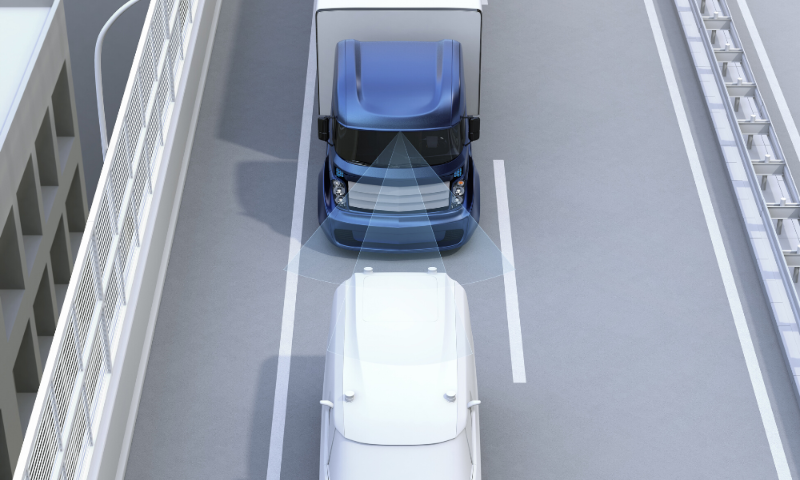Last modified more than a year ago

ADASIS releases a new feature to its Driver Assistance Systems
ADASIS responsible of defining an appropriate interface for exchanging information between the in-vehicle map database, ADAS and automated driving applications, has released the new specification v3.1.0 to the public, which will support Automated Driving.
ADASIS was founded in 2002 by the ERTICO Industry partners initiates. It was created based on the concern that Advanced Driver Assistance Systems need to access and use map data, vehicle position, speed, as well as other data in order to improve the performance of these applications and/or to enable new functionalities e.g. automated driving. However, navigation map databases are inaccessible to applications outside of the navigation system and are stored in the proprietary format of the navigation system, and ADASIS is providing the solution.
This improved version was developed to enable Automated Driving by providing new and more accurate features like detailed lane modelling and line geometry, with a resolution of 0.01 meter instead of 1.0 meter in former v2.0.4 version.
“The development and use of ADASIS specification by the automotive industry as enabling technology is speeding-up the development of predictive georeferenced applications and their introduction on the market since 2010 at minimum cost”, said Michael Klingsoehr, ADASIS Chairman, who emphasised the importance of this new specification and up-coming versions for automated driving applications.
ADASIS members are currently finalising version v3.3 (Q1/2021) which includes an extended list of traffic signs, localisation objects like traffic sign face and obstacles, and a fully defined API. Version v3.2 will be a robust version, ready to be used by autonomous-driving-software developers.
The ADASIS v3.1.0 specification can be requested from the ADASIS website.
For the original article, please click here.


